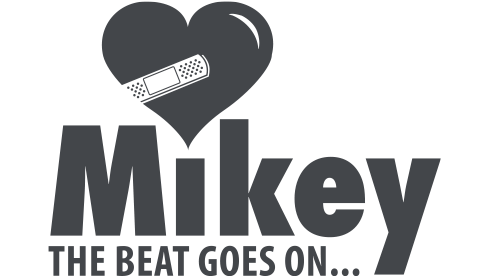Heart Healthy Tips for shoveling
With much of the country already experiencing plenty of snowfalls this winter, we thought that it would be a good time to talk about how the cold weather can increase the risk of a heart attack or a sudden cardiac arrest. More importantly how you can protect your heart and reduce that risk.
Although shovelling can seem like an easy chore, it can easily become a strenuous activity leaving you with plenty of fatigue. Lifting snow with a shovel back and forth across a driveway can take a lot out of those who are not regularly active. This can also be the case for those who have snowblowers, as the act of pushing the heavy machine can cause the same amount of strain.
In addition to the activity, the cold weather is another contributor to an increased risk as it can boost blood pressure, interrupt blood flow to part of the heart and make blood more likely to form clots.
Follow our tips below to make sure that you’re well prepared for shoveling your home this winter.
Before you shovel snow
- If you’re recovering from a recent heart attack or have any doubts about shoveling affecting your health, please contact a doctor.
- Look to avoid shoveling early on in the morning. Your blood is more prone to clotting due to the lower temperature. Aim to do it at a warmer point of the day if possible.
- Do not eat a heavy meal before shoveling, as your blood will be diverted from the heart to the stomach.
- Treat shoveling like a workout and warm up your body before you begin. Even something as simple as walking to the end of the street will be beneficial.
- Do not drink coffee or smoke for at least one hour before or one hour after shoveling. These are stimulants and elevate your blood pressure and heart rate.
While shoveling snow
- Use a small shovel that you can comfortably handle, rather than one that can pick up a lot of snow. Having a smaller shovel will allow for more loads, and won’t stress out your body.
- Give yourself a lot of time to shovel. Plan to make frequent, 15-minute breaks.
- Drink plenty of water
- Dress in the appropriate amount of layers. Dress so you avoid hypothermia, but not too much and overheat. You could sweat a lot with too much clothing, which could result in the opposite effect of what you’re hoping for.
- Make sure to cover your head and your neck.
- Cover your mouth (breathing cold air can cause angina or trigger breathing problems).
- Watch for the stereotypical signs of a heart attack: lightheadedness, dizziness, being short of breath or if you have tightness or burning in chest, neck, arms or back. If you or you think someone is having a heart attack, call 911 right away.
We hope that you’ve found these tips valuable. Stay safe and happy shoveling!









